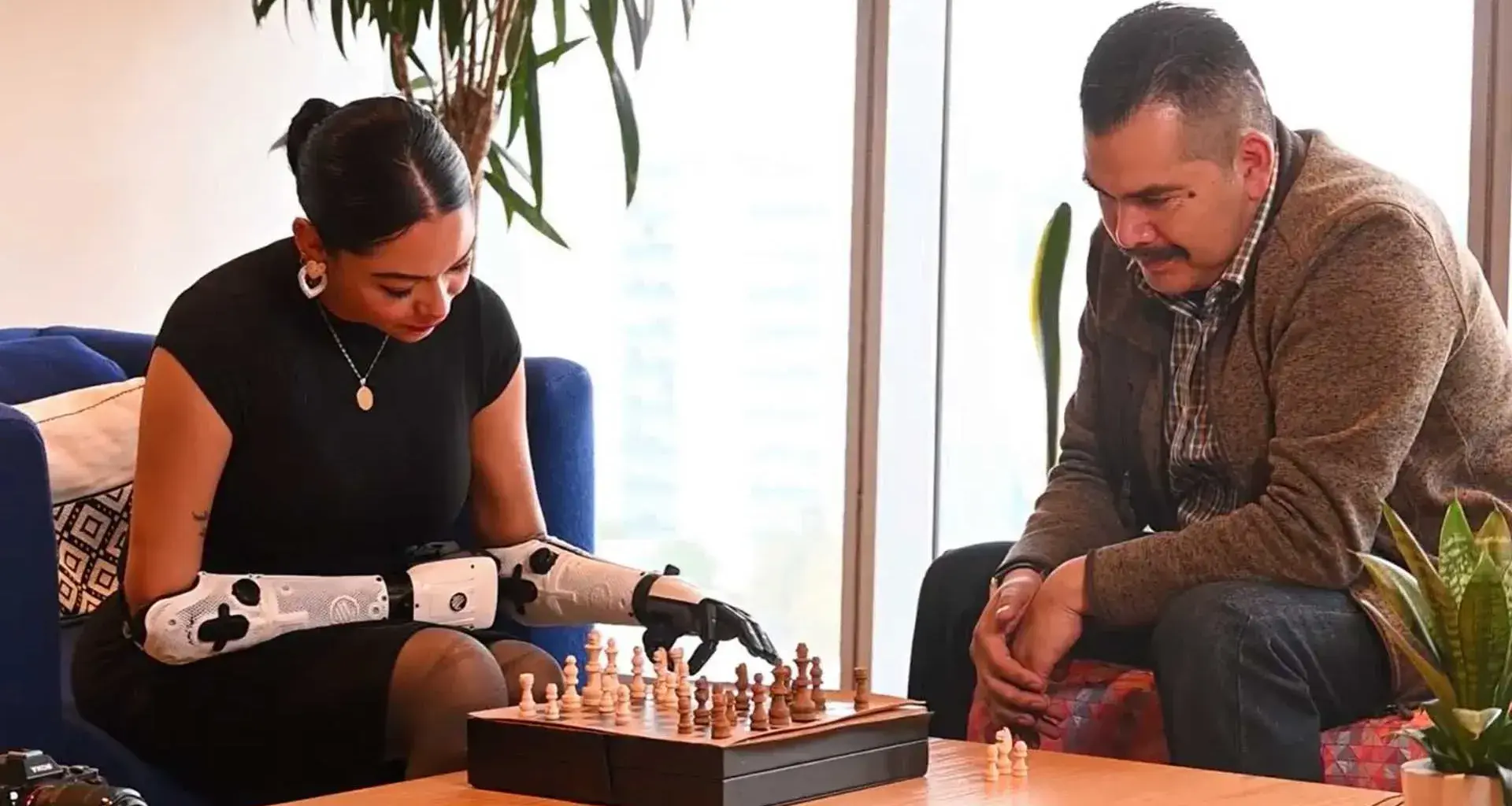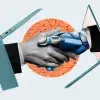There are prosthetic arms that are flamethrowers, capable of lifting tons, and made of ultra-resistant materials, such as reinforced titanium.
But people who have lost a limb don’t want that. José Luis Delgado, for example, only wants to hold his wife’s hand when they go for a walk together. And Diana Mares wants to go back to doing her own makeup and hair.
They seem like simple wishes, but the true dream is hidden behind these daily actions: becoming self-sufficient again.
The BioGrip team understand this. “We don’t make prostheses, we make artificial limbs which empower our users and give them back their independence,” says Alan Hernández Talavera, Tec graduate and CEO of the startup.
Being familiar with rehabilitation
The people behind BioGrip understand the issue of disability because they have experienced it firsthand.
The firm’s CEO and Tec de Monterrey biotechnology engineer watched his mother rehabilitate after a brain tumor.
“Picking up an object from the table again took her a long time; she had to train her spatial awareness,” he says.
Israel González, founder of BioGrip, had a neural infection, which caused him to lose both speech and mobility.
Fortunately, both cases had happy endings. However, they never forgot the difficulties they had experienced.
BioGrip, founded in 2019, began by making bionic arms with independent finger mobility. Their artificial limbs give users the ability to make highly precise movements.
These systems make it possible for disabled people to recover their mobility using sensors which detect the muscle movement in the forearm and shoulders of people within minutes. The prosthesis can then be adapted as a result of this information.
This means that people can move prosthetic fingers, wrists, and elbows without needing to connect any neural technology.
“Everything is designed so they can regain their independence. People can put one limb on and take it off even if they have had both arms amputated,” says the Tec graduate.
They also work directly with people who require artificial limbs, known within the company as consultants. Thanks to them, they have been able to fine-tune various processes and improvements.
“People can put one limb on and take it off even if they have had both arms amputated.”
The process of getting smart arms
The process of creating BioGrip artificial limbs starts with the most important thing: the patient’s story.
“We need to know the user’s story: who they are, what happened, how it happened, if they have had other devices, what difficulties they face,” Alan describes.
The team now includes a psychological evaluation in addition to the medical assessment, in order to find out if its users are good candidates for receiving the arm.
“We’ve realized that patients must be at a certain stage of understanding. The suffering should already be over; it’s not simply about replacing the arm that was lost,” he explains.
Afterwards, the stump is assessed to check if the tissue is viable.
The strength of myoelectric signals that the patient sends from their brain to their muscles in their residual limb are also measured.
“Our arm uses these signals to work and it’s vital to analyze the force, so we know if the electrical impulse is capable of generating movement,” he explains.
The force is measured using a generic arm which is connected through cables from a static base to the stump.
If the evaluation is successful, the next step is 3D scanning. At this point, every detail of the stump is measured to enable the design of a comfortable and precise glove which connects the skin with the BioGrip arm.
Finally, the equipment is calibrated with a complete first version of the arm and from there the device is fine-tuned.
The device incorporates artificial intelligence which learns more as a result of its continued use. It can identify the intensity of different forces and learns to detect them, even if they are very slight. It memorizes and refines actions performed by the user.
BioGrip hopes that, in the future, this process will be completed remotely using a scanning program on cellphones.
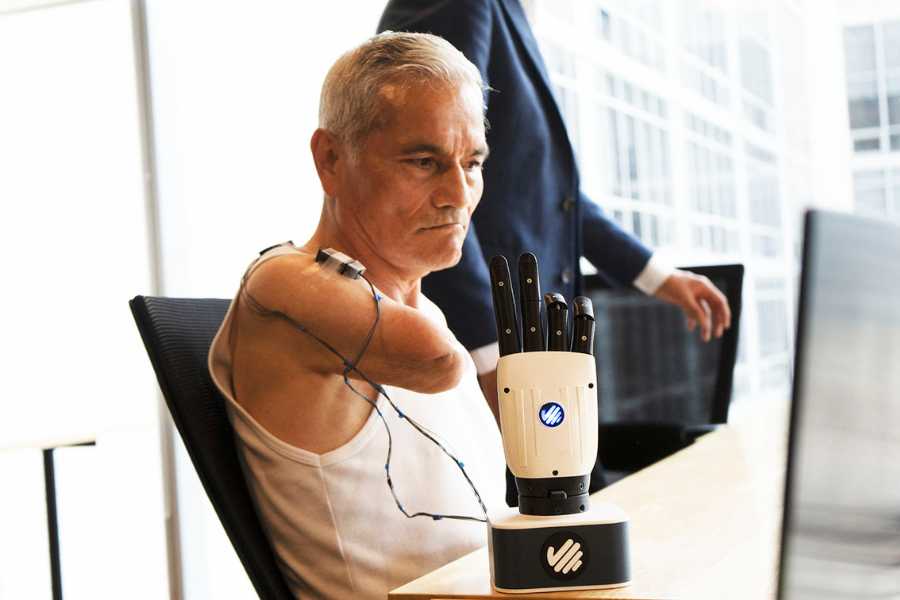
Rehabilitation in record time
Most prostheses require a rehabilitation period of up to a year, explains Alan. But with BioGrip, this happens from the very first time the patient is connected to the static test arm.
“After 5 minutes, they can pick up an egg. After 15, they can pick up small screws and put them in a glass,” he says.
Learning is easy because users can put on the device by themselves; it has all the ranges of motion of a normal arm and independent finger movements.
They also use signals that patients use naturally in different parts of their bodies; artificial intelligence then fine-tunes all movements, so they become precise.
The arms have a useful life of five years, but the startup offers a subscription plan, which they claim reduces the cost for clients by up to 70% in comparison with other models.
“After 5 minutes, they can pick up an egg. After 15, they can pick up small screws and put them in a glass.”
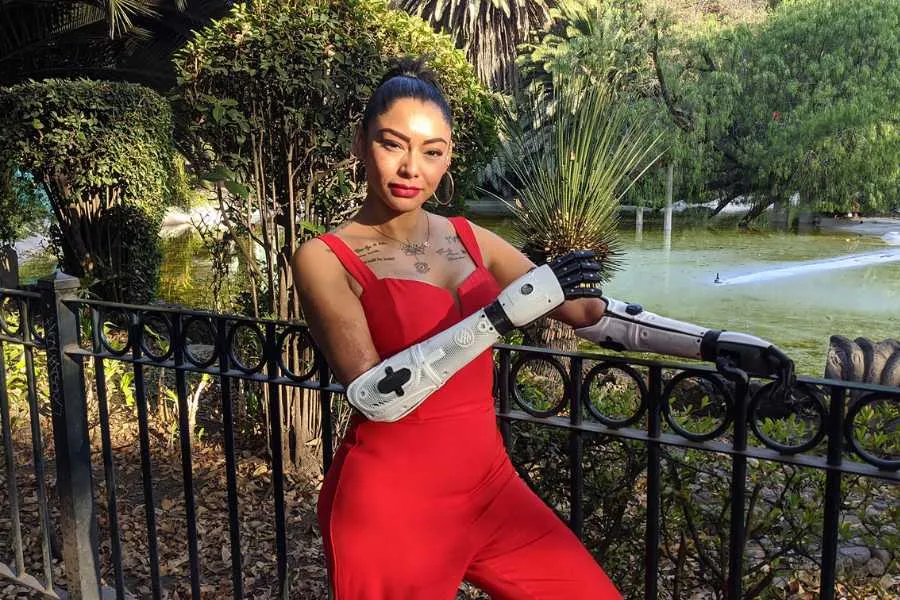
INCmty 2022 startup contest winner
The BioGrip startup project won the 2022 INC Accelerator competition held at INCmty, the Tec de Monterrey entrepreneurship festival.
INC Accelerator is a program providing support to early-stage entrepreneurs leading startups which have outstanding potential and use technology to have positive impacts.
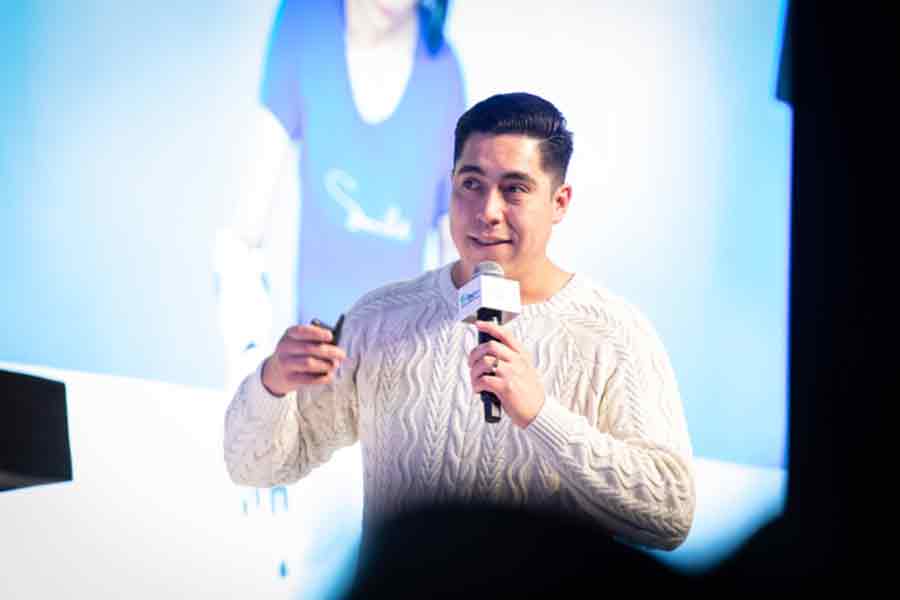
BioGrip currently has a philanthropic program which will deliver 100 devices to people who don’t have access to the technology.
This program exists thanks to a donor who made a capital investment to be used for philanthropy and company development. When the program is finished, BioGrip will be ready to go on sale.
“We can help millions of people hug their loved ones again,” Alan said.
With information from Asael Villanueva
READ MORE:

